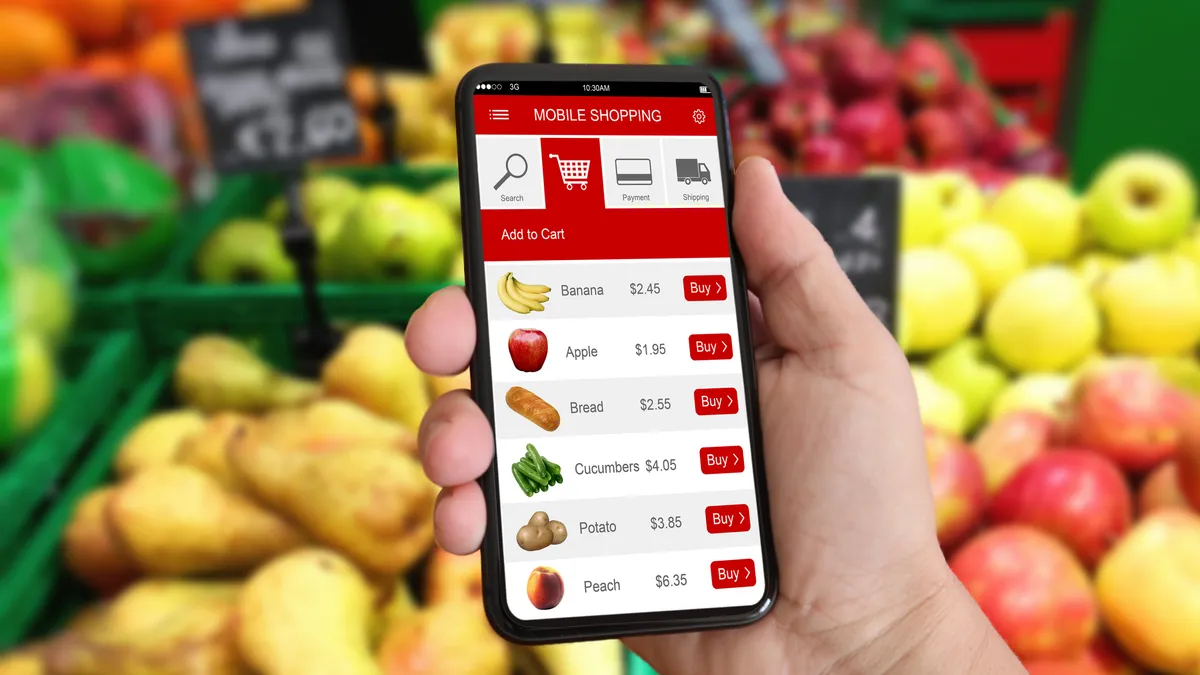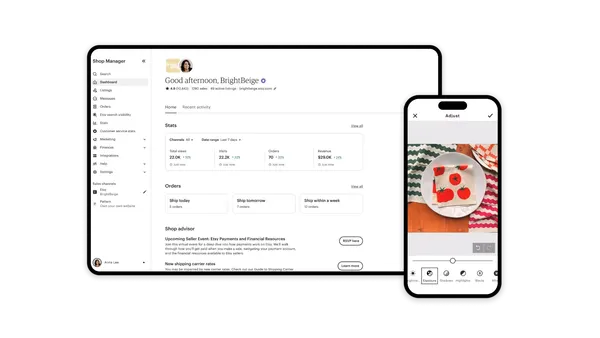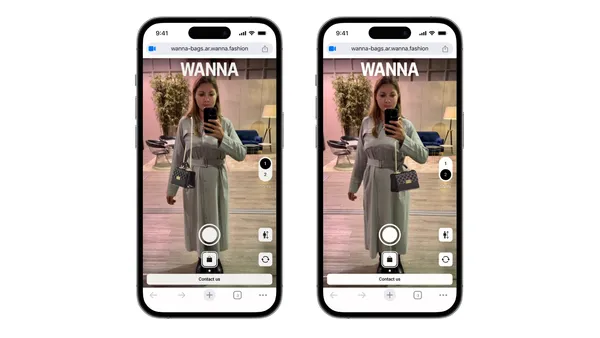Online grocery shoppers are turning to buy now, pay later (BNPL) programs offered by retailers at a blistering pace as they cope with turbulent economic conditions, according to Adobe Analytics data released Wednesday.
The percentage of online BNPL transactions involving groceries grew 40% during the first two months of 2023, the fastest pace among the retail categories Adobe studied. By comparison, the home furnishings sector’s share of BNPL orders rose 38% during the same period, while the apparel category’s share moved ahead by 8%. The electronics sector, meanwhile saw its share of the BNPL market decline at a 14% clip, Adobe said.
The grocery industry’s growing representation in a sector of the economy often associated with big-ticket purchases suggests that consumers are looking to get better deals by buying larger quantities of goods at a time, Vivek Pandya, lead analyst of Adobe Digital Insight, said in a blog post.
“The rise of buy now, pay later usage for groceries tells us that consumers are likely making bigger purchases online to take advantage of special promotions and stock up on staples, thus managing living expenses in more flexible ways,” Pandya said.
According to Adobe, the percentage of online purchases where shoppers chose BNPL as the payment method rose 10% in January and February compared with that period in 2022, but revenue for those transactions was down 19%. By contrast, the share of e-commerce transactions where people used BNPL to pay was up 14% in 2022 on a year-over-year basis, while BNPL revenue grew 27%.
Beyond fueling BNPL transactions, grocery transactions are also grabbing a bigger share of retail sales across all sectors, Adobe reported. Online grocery sales rose 26.7% in February year-over-year, while home furnishing sales were up 12.9%. Sales of electronics via e-commerce were off by 5.4% last month year-over-year, and clothing sales dropped by 0.6%, the company said.
Adobe’s report is based on data reflecting more than 1 trillion visits to websites run by U.S. retailers, 100 million SKUs and 18 categories.
Adobe also noted that online shoppers are showing increasing interest in curbside pickup when buying groceries even as they use the channel less for purchases from other types of retailers.
Grocers accounted for 8% more curbside pickup orders during January and February compared with the same two months in 2022, according to the research. Across the e-commerce space, the percentage of curbside orders declined to 17% in January and February from 19% for all of 2022 and 23% the year before.
“Once considered a safety necessity during the COVID-19 pandemic, curbside pickup is struggling to provide lasting value to consumers. This presents an opportunity for retailers — shoppers who use curbside pickup rather than shipping to their homes may buy additional items once they’re at the store,” Adobe said in the blog post.















